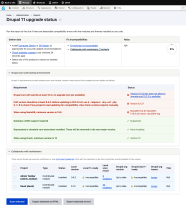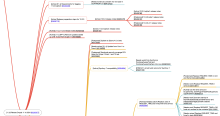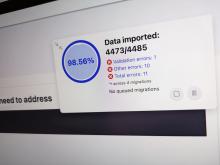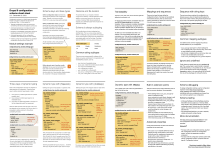Today I made a new 4.1.0 feature release of Upgrade Status available. Thanks to these 23 contributors: DrupalDope, Grimreaper, MacSim, PapaGrande, Shubham Rathore, abramm, akshay.singh, apaderno, arti_parmar, gorkagr, joelpittet, lamp5, leymannx, lostcarpark, marvil07, mrinalini9, nsavitsky, prudloff, randallquesadaa, rishabjasrotia, samir_shukla, thakurnishant_06 and wells.
The new release adds Drush 12 support, fixes PHP 8.2 and 8.3 compatibility and adds Drupal 11 environment readiness checking. Various additional bugs have been fixed related to CSS deprecation checking, info file handling and so on. This is also the first tagged release that relies on GitLab CI entirely for testing in three PHP and core version combinations.









